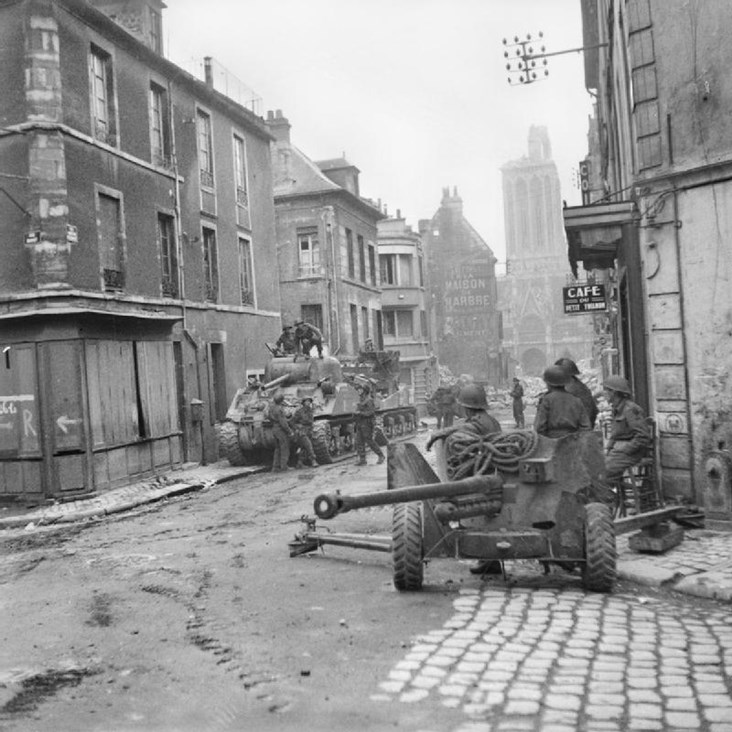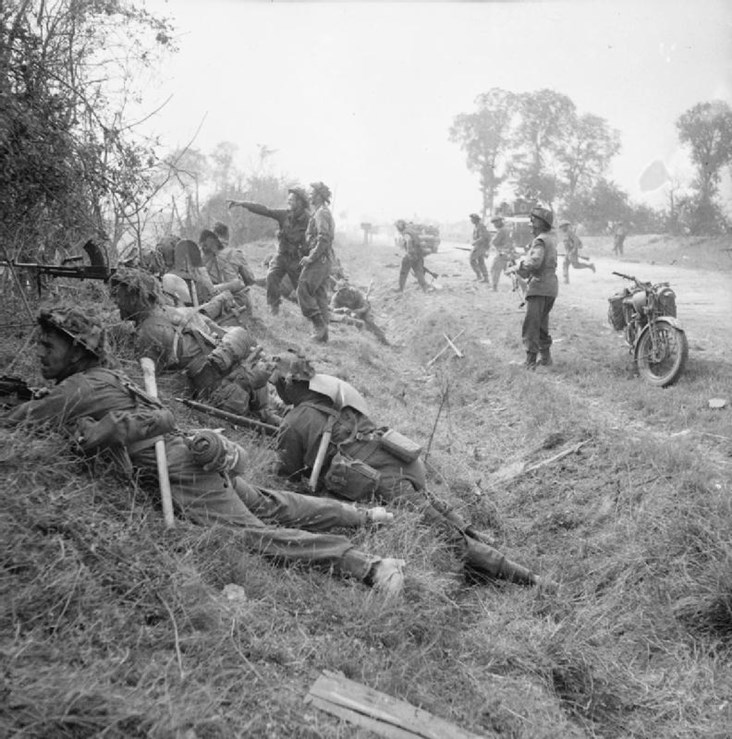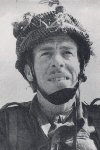Wonder-drug Penicillin Saves Limbs and Lives
The War Illustrated, Volume 8, No. 186, Page 190, August 4, 1944.
One of the most powerful weapons in mankind's armoury against disease might have remained undiscovered but for the fact that Professor Alexander Fleming, Professor of Bacteriology at the University of London and St. Mary's Hospital Medical School, was interested in what, by sheer accident, had happened to a deadly microbe culture he had under observation: this had been spoilt by a green mould caused by the chance arrival of a minute airborne fungus spore. Noticing that the deadly microbe colonies in the vicinity of the green mould began to disappear, he realized that here might lie the way for another great step in the endless fight against disease, and he began to experiment with the mould. Later it was identified as Penicillium notatum, and the antibiotic (anti0disease microbe substance) it produced was named penicillin.
Between the original discovery by Professor Fleming and the finding of a successful means of producing penicillin in purer and more concentrated form, years had to pass. In 1938 Professor Sir Howard Florey, Professor of Pathology, Oxford University, took up the search which finally led to success and proved penicillin capable of killing many deadly disease germs. By 1943 much progress has been made in producing penicillin in laboratories in Britain, Canada, Australia and America.
Today the wonder-drug is saving the limbs and lives of our wounded in battlefields everywhere, while an indication that penicillin, hitherto restricted to military use, will be released for civilian treatment was given by Mr. Churchill; on July 6, 1944, referring to the flying bomb attacks on this country, he said that penicillin would be available for all casualties caused.
Index
Previous article
Here Our Armour Outfought Rommel's Panzers
After the grim tank clashes which preceded the capture of Caen on July 9, 1944. British tanks are here seen halted in a street, while an anti-tank gun unit sets up at a corner. Engaged in the Norman
Next article
In the Front Line near Cagny
In the front line near Cagny, south-east of Caen, men of the 2nd Army await the order to attack. Each carries a pick or shovel ready for instant digging-in on reaching new positions, and a D.R. stan





